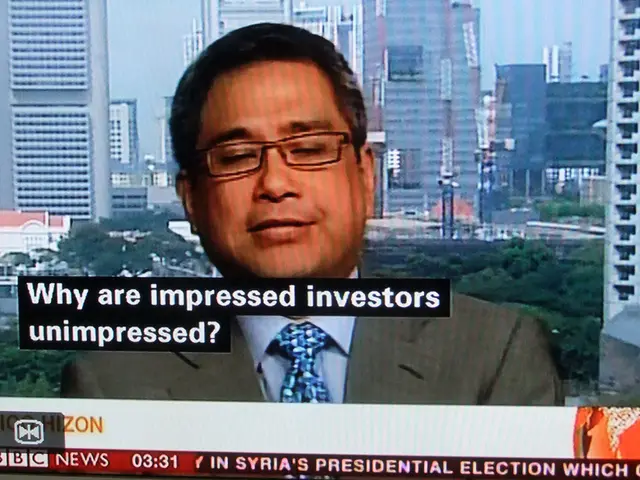Understanding the Psychological Strategies Wealthy Traders Employ, which Often Escapes the Comprehension of Common Traders
In the dynamic world of trading, cognitive biases can often cloud judgement and lead to suboptimal decisions. Two renowned psychologists, Tversky and Kahneman, highlighted the impact of anchoring - a bias that causes traders to rely too heavily on the first piece of information encountered, such as purchase prices or historical highs/lows - on subsequent judgments, even when they are illogically relevant to the decision at hand.
One area where anchoring is particularly prevalent is in the financial media, which amplifies survivorship bias by showcasing exceptional performers and "hot" strategies without acknowledging the role of luck or the graveyard of failed approaches. To combat this, fund managers focus on forward-looking metrics and valuation models rather than historical price points.
Recognizing and identifying biases such as anchoring, loss aversion, and overconfidence is crucial in overcoming them. Traders can avoid the anchoring bias by using hard data and current price action instead of nostalgia or emotional attachment to entry prices. Journaling trades and emotions can help uncover behavioral patterns and biases, fostering greater self-awareness and enabling traders to learn from mistakes and successes over time.
Developing emotional resilience and discipline is another key strategy. Mindfulness practices, setting process-oriented goals, and reflecting regularly on trading behavior can reduce impulsive decisions and maintain consistency. Incorporating systematic and rule-based approaches, such as scheduled rebalancing, dollar-cost averaging, and waiting periods between research and execution, help remove emotion from buy/sell decisions and mitigate the influence of short-term market news or emotional reactions.
Actively seeking opposing views and challenging assumptions can foster objectivity and better decision-making rooted in data rather than desire. Working with mentors, trading psychologists, or coaches who provide external insights and tools for emotional regulation can help traders build mental resilience and discipline crucial for long-term success.
Professional traders also strategically leverage behavioral insights. For instance, momentum traders understand how overconfidence and herding behavior influence market timing and use sentiment analysis to time exits, avoiding emotional traps common in momentum chasing. They interpret psychological biases not just to avoid mistakes but to exploit market inefficiencies created by collective investor behavior.
During market turbulence, traders who acknowledge the unprecedented nature of the situation and widen their range of potential outcomes fare better than those who project false certainty. Bitcoin investors, anchored to the all-time high, saw the cryptocurrency as "cheap" despite still being dramatically higher than historical levels.
Value investors like Howard Marks use base rates and historical valuation ranges as more reliable anchors than recent price action. Professional investors study market crashes, failed funds, and losing trades to extract valuable lessons.
In essence, overcoming cognitive biases in trading is about combining self-awareness, disciplined process, objective data analysis, and external guidance to regulate emotions and improve decision quality, thereby enhancing trading performance. To apply these mental models, maintain a trading journal that includes confidence ratings for each prediction to track how well-calibrated your confidence is with performance over time.
While retail traders focus on finding the perfect indicator or entry signal, professionals spend years developing cognitive toolkits to navigate market complexity. These models can be learned and implemented through deliberate practice, and the journey from retail to professional thinking is the most reliable path to consistent profitability.








